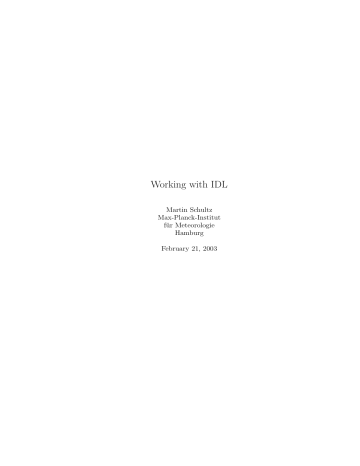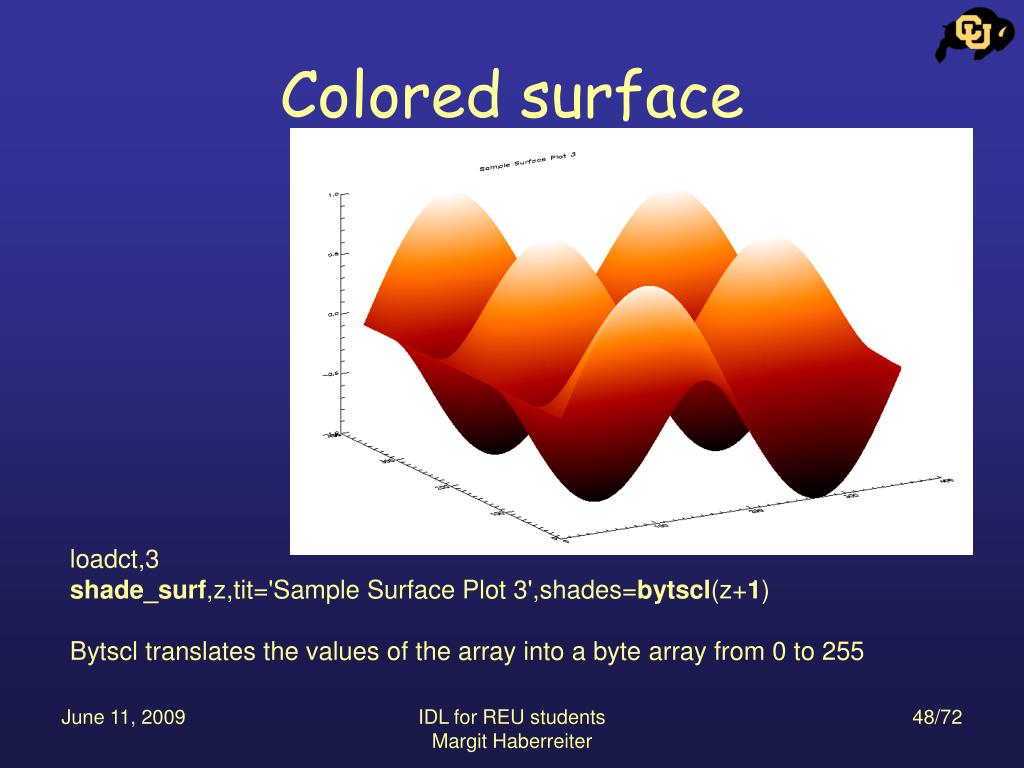

given the name of a fits file, open that file, fix all the NaN pixels in it by interpolating from the nearest neighbors, then re-save the file given an image, finds the x,y coords of the brightest object present. High- or Low-pass filter an image in Fourier space. shifts an image by (dx,dy) pixels using fourier transforms. Rebins an image by adding zeros in between the FFT components as necessary. Given an image and a mask, crop the image to the minimum size which contains the mask.

Given an image, and a map of the exposure times for that image, compute the photon noise as a function of position. quick script for making a bias frame and displaying useful info

Median average a stack of FITS images, with optional median weighting. Automagically register a bunch of images. program to do circular aperture photometry on an image given aperture location, size, and inner and outer radius for sky subtraction annulus. then compute a radial noise profile for it and divide by the profile. Given an image (presumably an AO image), create an unsharp masked image. demonstrate use of asinh scaling routines create contour colors for overplotting. RGB asinh scaling, in the manner of Lupton et al. intelligently logarithmicly scale an image for display. print out an IDL array in LaTeX table syntax, suitable for pasting into your paper. Does the same thing as the goddard IDL astro library's "ten" procedure (converts sexagesimal coords into decimal) but works on string arguments of the form "DD:MM:SS" or "DD MM SS". Like sxparr, but for an array of fits headers. Formats something as a string, removing the extra spaces and unnecessary zeros. Like the Goddard library's "sixty" but it returns strings of the format "DD:MM:SS". Like the IRCAL sigdisp, does a rough n-sigma linear stretch of an image. The best feature of this program is the opportunity to browse the image before reading it. The image data is returned as the result of the function. The purpose of this program is to allow the user to select a FITS image file for reading. read in a text file in its entirety into an array pick one or more fits files using the GUI and then load them. Concatenates FITS headers into a 2D string array, doing intelligent things with axes sizes if needed. Loads a specified set of FITS files, locates appropriate bias and flat field files for them, applies these to calibrate them, and optionally scales the whole set to a fixed exposure time. print something out formatted as an IDL array (i.e. Given a name, query the IRAS catalog on Vizier for its J, H, and Ks magnitudes (and their errors). Given a name, query the 2MASS catalog on Vizier for its J, H, and Ks magnitudes (and their errors). Submit MySQL query and get response as an array of structures. check that a connection to mysql is open open one if it isn't
IDL REBIN CODE
Is there a mysql database here? This routine lets you run the code either with or without mysql, depending on the local machine functionality. Compute R.A., Dec, and Wavelength from X, Y, and Z and a FITS astrometry structure Put WCS astrometry parameters into a given FITS header. Extract ASTrometry parameters from a FITS image header. Crude continuum subtraction for IFS datacubes Almost any algorithm will be better than this! Rebin a cube in the X and Y dimensions, while leaving the Z dimension unchanged. Read in a data cube into a standardized structure return which axis of a cube is the wavelength dimension There is some support for using quality flags to indicate bad pixels to skip when collapsing. The default is to average the cube, but there are options to median or total combine instead. Collapse a cube along the wavelength axis. Overplot a grid of spectra on top of a greyscale image of a cube This was inspired by a figure in (I think) one of Tracey Beck's papers. compute APPROXIMATE sunrise and sunset times call findingchart for a bunch of sources listed in a file.

Convert fluxes to magnitudes, with error propagation. return current lst, for a given observatory These correspond to 11 pm and 5 am, local time (either PST or PDT) Compute the start and stop allowable times for the Lick Laser, in LST. make a finding chart for an object on screen or PDF. Routines by Category Categories: Astronomical Utility


 0 kommentar(er)
0 kommentar(er)
